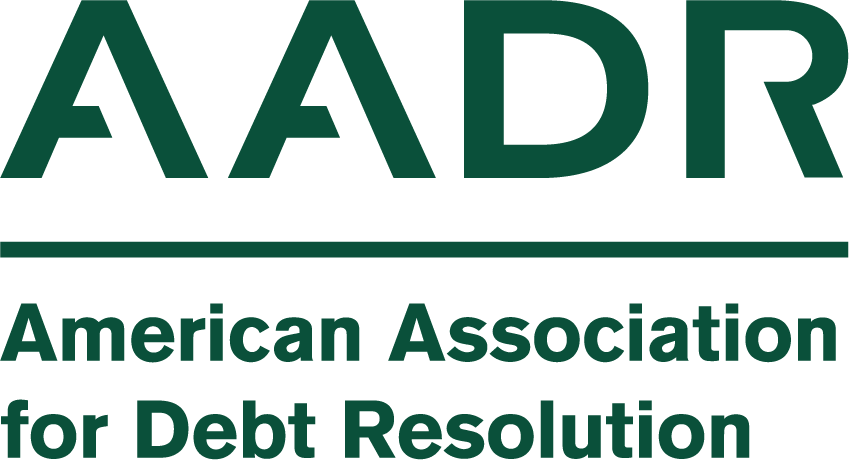Debt Resolution 101
Debt resolution is a process regulated by the Federal Trade Commission (FTC). It offers a simple, step-by-step solution for consumers in financial hardship to resolve their unsecured debts.
A consumer applies for a debt resolution program
A consumer contacts a debt resolution company and speaks with an experienced consultant. The typical client owes over $25,000 in unsecured debt and is already behind on at least one and, in many cases, most of the seven or more accounts they hold. Debt resolution consumers are suffering severe financial hardship, such as a household loss of income, a medical event, or a life event like a divorce. Under FTC rules, the consumer pays nothing to enroll in a debt resolution program.
The consumer is accepted into a debt resolution program
Following an underwriting process, the provider creates a personalized plan for the consumer based on their unique financial position. The consumer creates a separate bank account dedicated to addressing their debts; this account is always under the complete control of the consumer: debt resolution companies never touch consumer funds.
The debt resolution company negotiates with the consumer’s creditors
Once the consumer has set aside sufficient funds in their dedicated account, debt resolution specialists negotiate settlement offers with each of the client’s creditors.
The consumer considers a creditor’s offer
When the debt resolution company obtains a settlement offer from a consumer’s creditor, the consumer chooses whether to accept it or not. Consumers are not obligated to accept any settlement and, under FTC rules, can reject it without being charged anything. The average consumer’s first account is settled four to six months after enrollment.
The consumer’s debt decreases
If the consumer accepts a settlement, payment to that creditor will be made from the consumer’s dedicated account. Only when the consumer has made at least one payment in furtherance of a settlement offer will the consumer be charged a fee, and that fee may only be assessed for the one debt for which a settlement has been agreed.
Repeat the process with the consumer’s other creditors
The process restarts for each of the consumer’s creditors until each account is settled. No fees are charged until the customer agrees to each settlement. Consumers can withdraw from the debt resolution process at any time, for any reason, without penalty – they are in control throughout the entire process.
